
Whether you’re continuing to work from home or simply obsessed with the latest Netflix series, we spend a lot of time using technology, and it’s important we protect our vision.
Eye yoga is typically practised by those hoping to improve their overall eye health and can involve a range of different exercises from controlled eye-rolling to palming. In a world where we spend a lot of time staring at laptops, phones and TVs it’s no surprise that this latest phenomenon continues to increase in popularity as we try to protect all aspects of our health.
Although there is no scientific proof that eye yoga has actual health benefits, it is said to inadvertently help reduce eye strain and dry eyes, however, it is still worth taking a step away from the screen for a moment to reset your vision as good practice.
With this in mind, Lenstore has partnered with holistic therapist, yoga, and meditation teacher Phoebe Greenacre to reveal 5 exercises you can try to help reduce eye strain and eye fatigue.
Exercises to prevent eye strain
Eye strain can be a result of many things, whether that be tiredness or stress, so eye yoga could potentially support in two ways; firstly by stimulating and strengthening the muscles that move your eyes, as well as also taking time for yourself to relax and de-stress.
1. Palming
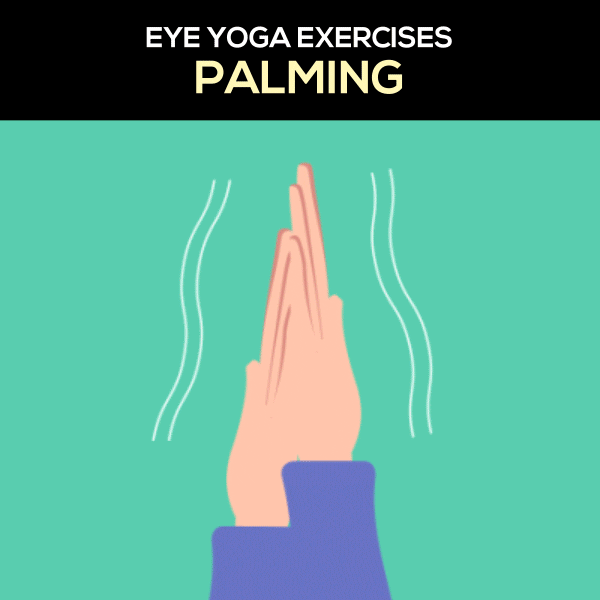
- Rub your hands together vigorously for 10 seconds to create heat and energy between the palms.
- Gently place your palms over your eyes and close your eyes. Take a few deep inhalations and longer exhalations as you start to relax.
- Feel the warmth and darkness start to slowly soothe and melt away any tension in the back of your eyes.
- Allow your hands to rest there until the warmth slowly disappears.
2. Blinking
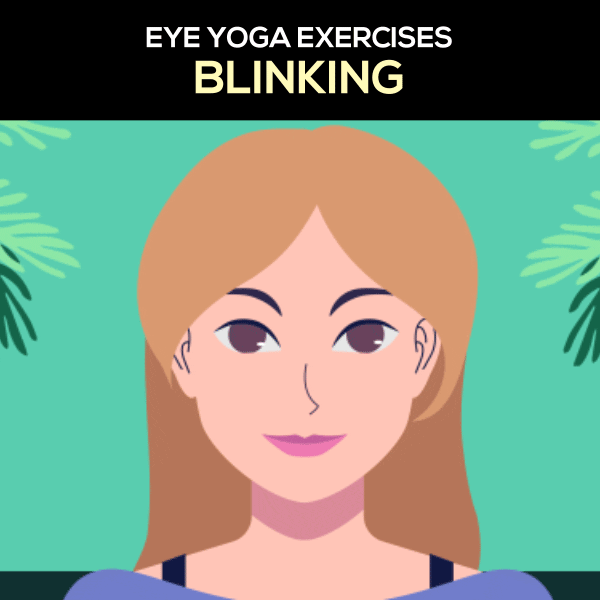
If you find yourself staring at a screen for too long, this can have an impact on how often you’re blinking, and if you are blinking less, this can lead to dry eyes.
This is probably the most straightforward exercise out of all five exercises. In fact, taking a moment to blink repeatedly can help release your eyes from dryness, overuse and any discomfort you may be experiencing.
- Sit or stand straight. Keep your shoulders relaxed, neck straight, and look ahead.
- Blink your eyes very fast for 10-15 seconds.
- Gently allow your eyes to close, settle, and soften.
- Notice how the eyes feel. Try to repeat once at least every hour.
3. Zooming
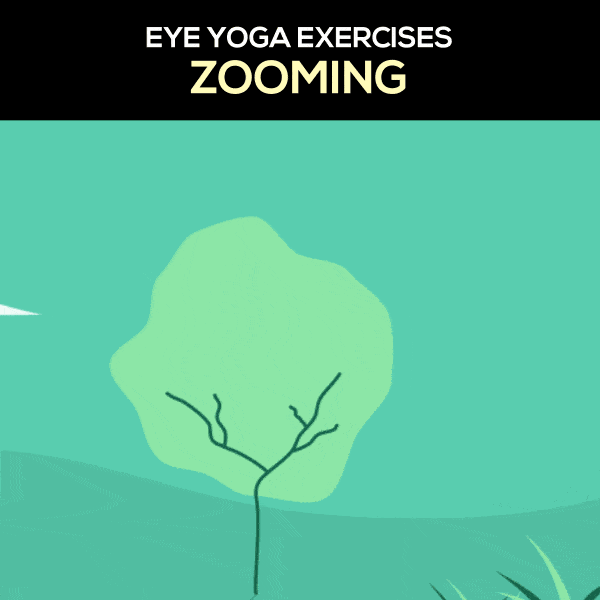
This is a great eye exercise when attempting to focus and strengthen your eye muscles. Here’s how you do it:
- Sit in a comfortable position.
- Focus on an object in the distance and stay there for a few seconds.
- Move your focus onto an object closer to you and gaze at it for a few seconds.
- Move your focus to something close to you like your thumb.
- Reverse the gaze – first back to the middle object, then the far-away object.
- Repeat this exercise several times over a 2-minute period.
4. Figure of eight
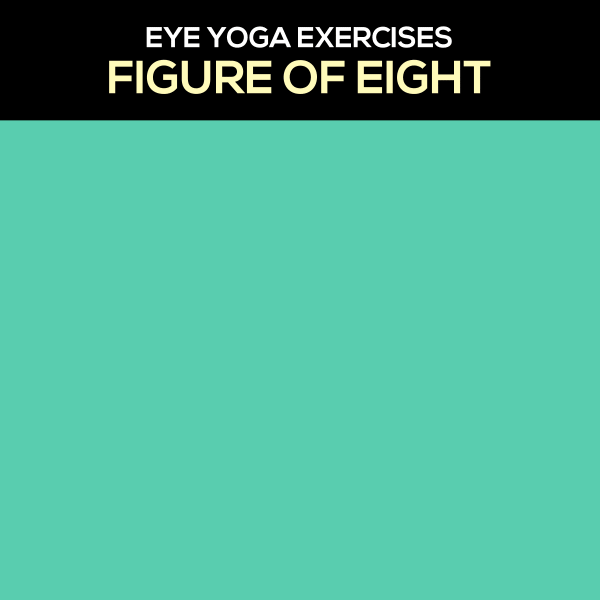
This exercise allows for purposeful movements, which is rumoured to calm your body down. This in turn helps reduce tension, which can have a positive effect on anxiety and headaches, which can aggravate optical conditions. This should be done from a seated position – here is how:
- Raise your hand in front of you at eye level.
- Extend your thumb and focus on it.
- Start to move your arm (keeping it straight) in a figure of eight shape.
- Keep tracing for 30 seconds, then switch directions.
5. Eye-rolling
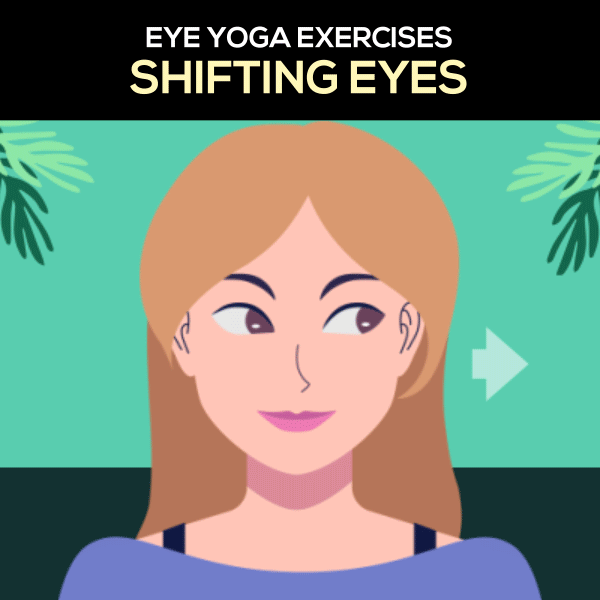
Eye rolling is a very effective exercise when done regularly. It can help strengthen the eye muscles and enhance the shape of your eyes. Here is the correct way to do it:
- Sit or stand straight. Keep your shoulders relaxed, and neck straight, and look ahead.
- Look to your right and then slowly roll your eyes up towards the ceiling.
- Roll your eyes down to your left, and from there down towards the floor.
- Do this in clockwise and anti-clockwise directions.
Whilst there is more to be done in terms of scientifically proving the health benefits of eye yoga, practising these movements on a regular basis could be beneficial for dry eyes and eye strain. However, if you are experiencing these symptoms from staring at your tech devices, sometimes the best thing you can do is take a moment to step away from them.
Although not an eye yoga exercise, we always encourage people to remember the 20:20:20 rule as well. This means, for every 20 minutes you’ve spent looking at a screen, you should spend 20 seconds looking at something that is 20 feet away – but there’s certainly no harm in following up with some eye-rolling and zooming as well!